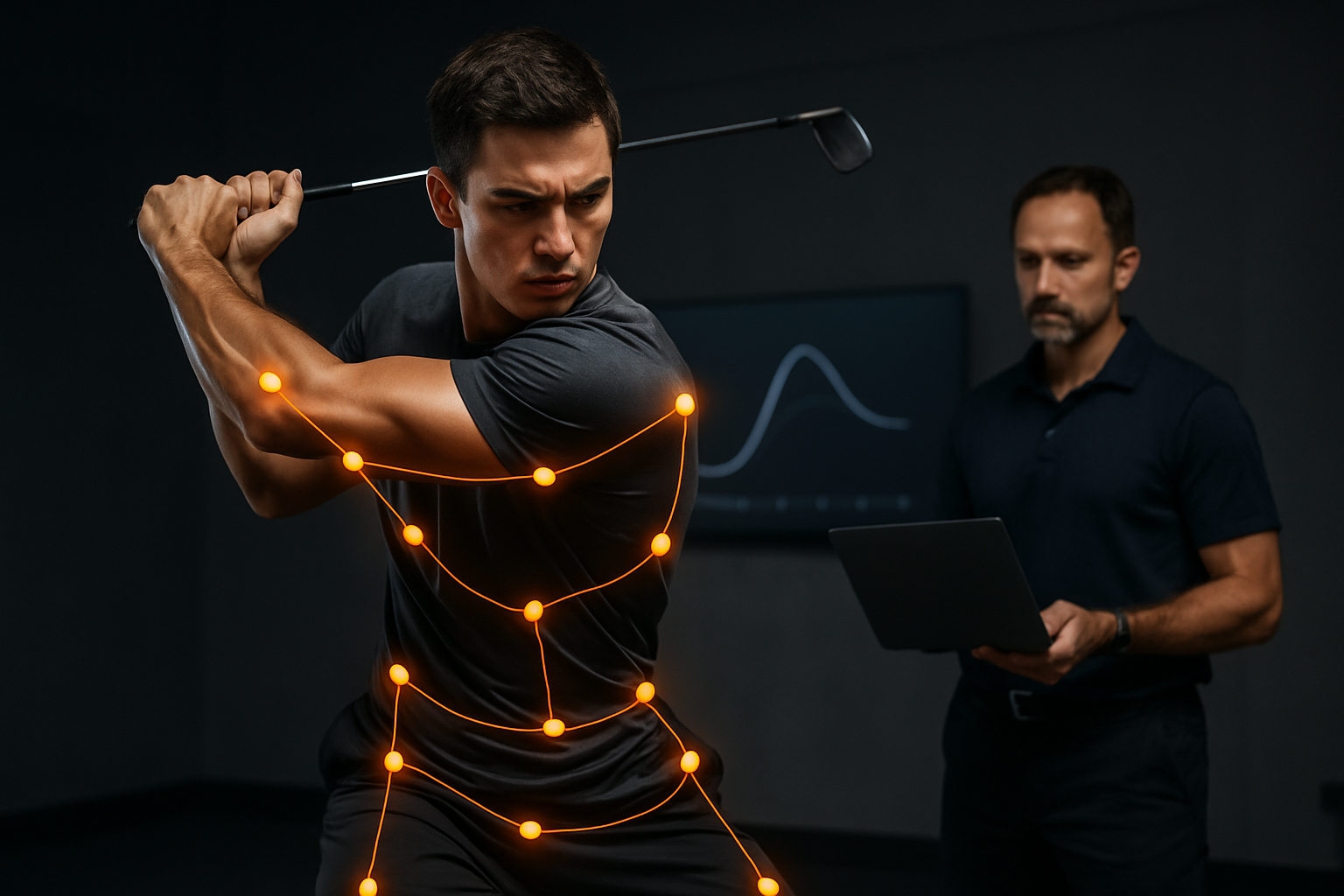Performance analytics reshaping athlete training methods
Across levels of competition, teams and coaches increasingly rely on performance analytics to refine training methods. By combining data on movement, workload, and recovery, analytics can clarify how conditioning, technique, and nutrition interact to influence performance. This article outlines how monitoring, biomechanics, periodization, and wearable technology are changing preparation and coaching decisions.

This article is for informational purposes only and should not be considered medical advice. Please consult a qualified healthcare professional for personalized guidance and treatment.
How do performance and analytics inform training?
Performance analytics translate raw data into actionable insight by tracking indicators such as speed, power output, and positional heatmaps. When analyzed over time, these metrics reveal trends in an athlete’s conditioning, highlight strengths and weaknesses in technique, and quantify responses to different training loads. Coaches can use analytics to set individualized targets, identify plateaus, and validate whether interventions—technical drills or modified conditioning sessions—produce measurable change. Analytics are a tool for evidence-based decision-making rather than a replacement for professional judgment.
How do conditioning and recovery integrate with data?
Conditioning programs are increasingly tailored using objective markers: heart rate variability, session-RPE (rating of perceived exertion), and external load metrics. Analytics help balance high-intensity conditioning with recovery windows to reduce fatigue accumulation. Recovery monitoring—sleep patterns, subjective wellness scores, and biometrics—feeds back into daily load adjustments, supporting smarter periodization. By integrating conditioning and recovery data, staff can avoid chronic overload that elevates injury risk while preserving gains in aerobic and anaerobic endurance.
What can biomechanics and technique reveal?
Biomechanics analysis focuses on movement patterns, joint angles, and force production to improve technique and efficiency. High-speed video, motion capture, and sensor-derived kinematics allow practitioners to detect asymmetries or mechanical faults that may limit agility or increase load on tissues. When combined with performance analytics, biomechanical insights guide targeted interventions—technical cueing, corrective strength work, or altered movement drills—that aim to improve economy and reduce injury susceptibility without speculative claims about guaranteed outcomes.
How do monitoring and wearable tools help coaching decisions?
Wearable devices and remote monitoring systems collect continuous data on workload, movement, and physiological response. GPS units, accelerometers, and inertial sensors capture external load and athlete positioning, while heart-rate and other sensors monitor internal load. Aggregated data supports real-time and longitudinal monitoring, enabling coaching staff to adapt sessions, plan substitutions, or prioritize recovery. It remains important to validate devices for accuracy and to interpret metrics in context, combining quantitative signals with qualitative observation and athlete feedback.
How do nutrition, periodization, and load align in analytics?
Nutrition and periodization are complementary elements that analytics can help synchronize. Tracking energy availability, hydration status, and body composition alongside training load informs fueling strategies for different phases of periodization. Analytics support the design of microcycles and macrocycles that manipulate intensity and volume to elicit adaptations while mitigating fatigue. Load management grounded in data helps maintain balance between stimulus and recovery, recognizing that heat, travel, or competition density are contextual modifiers of how nutrition and periodization interact.
How do agility, endurance, injury data, and coaching connect?
Agility and endurance metrics are commonly monitored to evaluate sport-specific readiness: sprint times, change-of-direction scores, and distance covered at threshold intensities. Injury monitoring complements these performance metrics by tracking spikes in load, movement irregularities, or persistent deficits in technique that could predispose athletes to harm. Coaches use a combination of analytics and applied expertise to prioritize interventions—progressive conditioning, corrective exercises, or adjusted practice intensity—to support durable performance improvements while acknowledging uncertainty and individual variability.
Conclusion
Performance analytics are reshaping athlete training by providing structured, measurable insight into conditioning, biomechanics, monitoring, and recovery. When integrated thoughtfully with wearable data, nutrition planning, and periodized coaching, analytics support more individualized and responsive training methods. Effective use depends on validated tools, multidisciplinary interpretation, and the careful translation of data into practical training choices that respect athlete health and variability.





